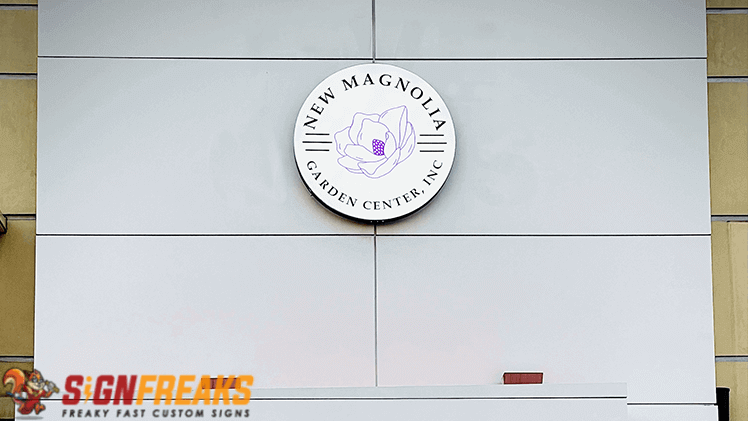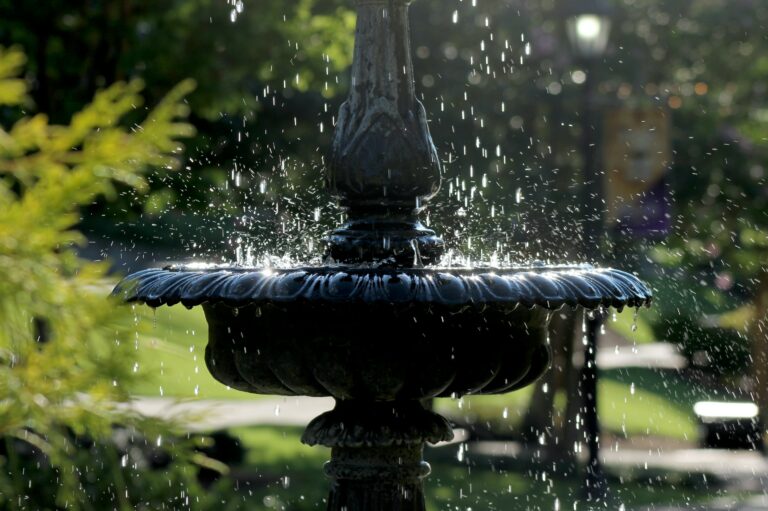The Illuminating World of Lightbox Signs: LED vs. Traditional Lighting

From the flickering flames of ancient torches to the mesmerizing glow of neon lights in the 20th century, the quest for better, brighter, and more efficient lighting has been a constant journey. In the realm of signage, the evolution has been no less dramatic. Enter the world of lightbox signs Chicago, where technology and artistry converge to create brilliant displays that capture attention and imagination. At the heart of this evolution lies the battle between LED and traditional lighting. Let’s delve deep into the technology behind these luminous wonders.
The Rise of LEDs
The Nobel Prize and the LED Revolution
Light-Emitting Diodes (LEDs) have been around since the 1960s, starting with humble beginnings as indicator lamps and infrared remote controls. However, it wasn’t until 2014 that the Nobel Prize in Physics recognized the immense potential of LEDs, particularly the blue LEDs. These blue LEDs paved the way for the production of white light, revolutionizing the lighting industry.
How LEDs Work
Semiconductor LEDs operate through a process called electroluminescence. When a current flows through a material, it emits light. The first instance of this phenomenon was reported in 1907 by H.J. Round. Fast forward to the 1960s, and the first GaAs infrared LED was introduced. The principle behind LEDs is simple: electrons in the conduction band and holes in the valence band recombine to emit a photon, producing light.
Traditional Lighting: The Edison Legacy
Incandescence and Its Limitations
Traditional lighting, often associated with incandescent bulbs or the “Edison” bulb, operates on a different principle. Here, the current flow heats the material, and light emission is due to the filament’s high temperature. While these bulbs have illuminated our homes for over a century, they are not as efficient as their modern counterparts. Most of the emitted light from incandescent bulbs is in the infrared spectrum, which means they emit more heat than visible light.
LED vs. Traditional: The Showdown
Efficiency and Sustainability
LEDs have a clear advantage when it comes to efficiency. Unlike incandescent bulbs, which have a conversion efficiency of around 5%, LEDs can potentially convert almost 100% of electrical power into optical power. This not only means brighter light but also significant energy savings.
Customization and Versatility
LEDs offer a spectrum of colors, allowing for customization and versatility in design. Whether it’s a vibrant display sign or ambient room lighting, LEDs can be tailored to fit the need. Traditional lighting, on the other hand, offers limited customization.
Durability and Longevity
LEDs are known for their durability and long lifespan. They are less prone to breakage and can last for years, making them a cost-effective choice in the long run. Traditional bulbs, while cheaper upfront, need frequent replacements.
Environmental Impact: A Green Perspective
LEDs: The Eco-Friendly Choice
In today’s world, where the environment is at the forefront of global discussions, the choice of lighting in signage can have broader implications than just aesthetics or efficiency. LEDs, with their low energy consumption, play a pivotal role in reducing carbon footprints. Traditional incandescent bulbs release 90% of their energy as heat, leading to higher energy consumption and, consequently, higher greenhouse gas emissions. LEDs, in contrast, convert almost all their energy into light, making them a more environmentally friendly option.
Recycling and Waste Management
Another aspect to consider is the disposal of these lighting solutions. Incandescent bulbs often contain materials that are not eco-friendly and can be challenging to recycle. LEDs, on the other hand, are 100% recyclable. They don’t contain hazardous materials and can be broken down without harming the environment, further cementing their position as the green choice for businesses.
Cost Implications: Initial Investment vs. Long-Term Savings
Upfront Costs
While LED technology has become more affordable over the years, there’s no denying that the initial investment can be higher than traditional lighting solutions. Businesses might be hesitant, looking at the upfront costs. However, it’s essential to view this investment in the context of long-term benefits.
Operational Savings
LEDs consume significantly less power than traditional bulbs. Over time, this translates to substantial savings in electricity bills. Furthermore, with LEDs lasting up to 25 times longer than incandescent bulbs, the costs associated with replacements and maintenance drop dramatically. When you factor in these operational savings, the return on investment (ROI) for LEDs becomes evident.
Safety Concerns: Navigating Potential Hazards
Heat Emissions and Fire Risks
One of the significant safety concerns with traditional lighting is the heat they emit. Incandescent bulbs can get incredibly hot, posing a fire risk, especially in enclosed spaces. LEDs, in contrast, run cool. Their design ensures that they dissipate heat effectively, minimizing any potential fire hazards.
Toxic Elements and Health Implications
Traditional bulbs, especially fluorescent ones, contain toxic elements like mercury. If these bulbs break, they can release these toxins into the environment, posing health risks. LEDs do not contain any toxic materials, making them a safer choice for both the environment and the people around them.
Aesthetic Appeal: Crafting Memorable Brand Experiences
Dynamic Displays and Interactivity
The versatility of LEDs allows businesses to craft dynamic and interactive displays. With the ability to change colors and brightness levels, businesses can create signage that resonates with their brand message and engages their audience. Traditional lighting doesn’t offer this level of customization, limiting the potential for truly immersive brand experiences.
Consistency in Illumination
One of the challenges with traditional lighting is the inconsistency in illumination. Over time, as the bulb ages, the light can become uneven or dim. LEDs offer consistent brightness throughout their lifespan, ensuring that the signage remains vibrant and effective for longer.
The debate between LED and traditional lighting in the context of lightbox signs is multifaceted. While nostalgia might pull some towards the warm glow of incandescent bulbs, the advantages of LEDs – from efficiency and safety to environmental impact and aesthetic appeal – are hard to ignore. As businesses look to the future, the choice becomes clear: LEDs are not just the future; they are the present. If you find this information helpful, you can get to know more at SignFreaks for better experience.





